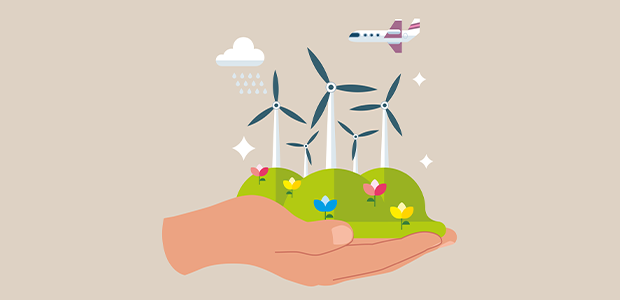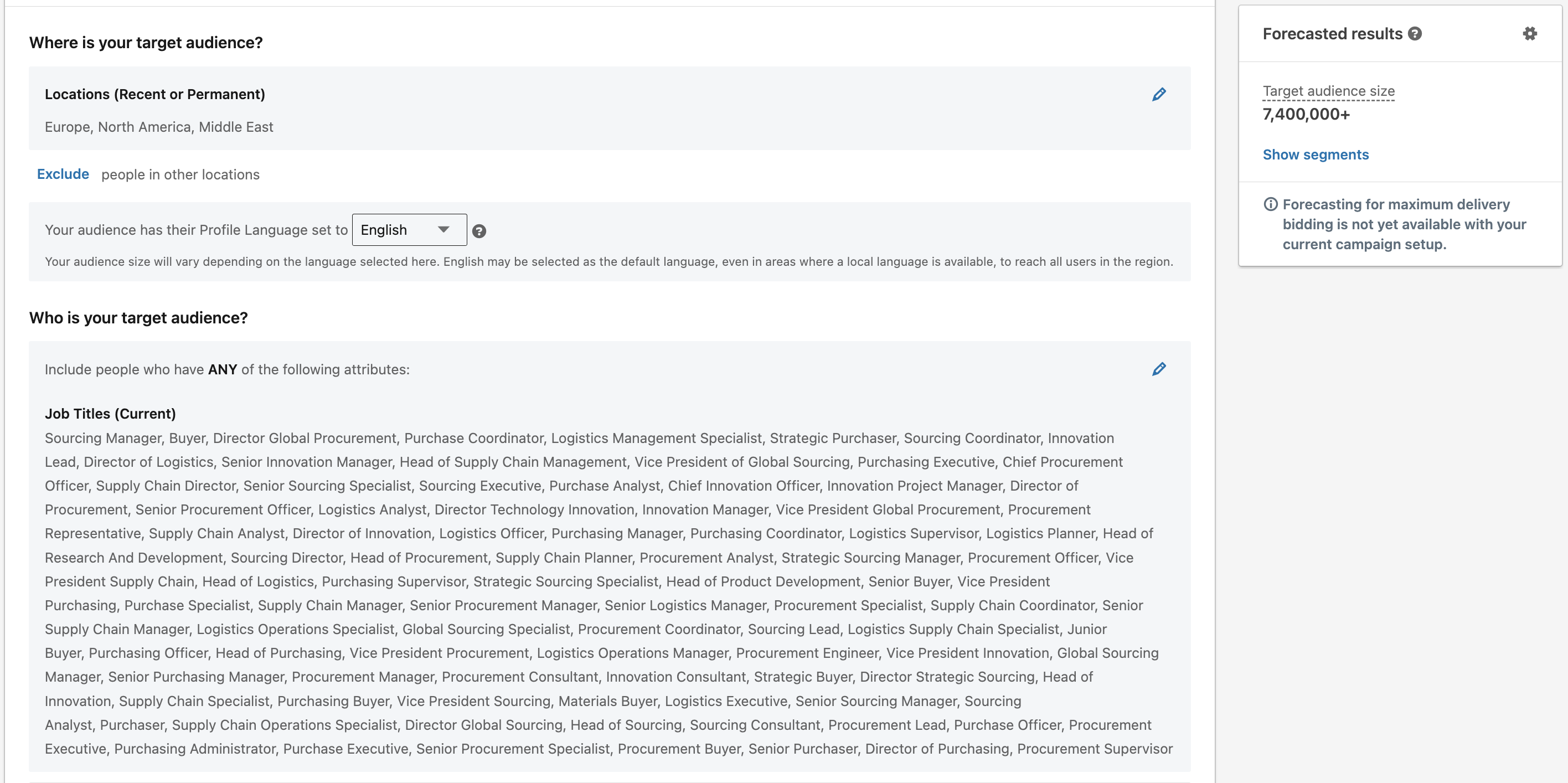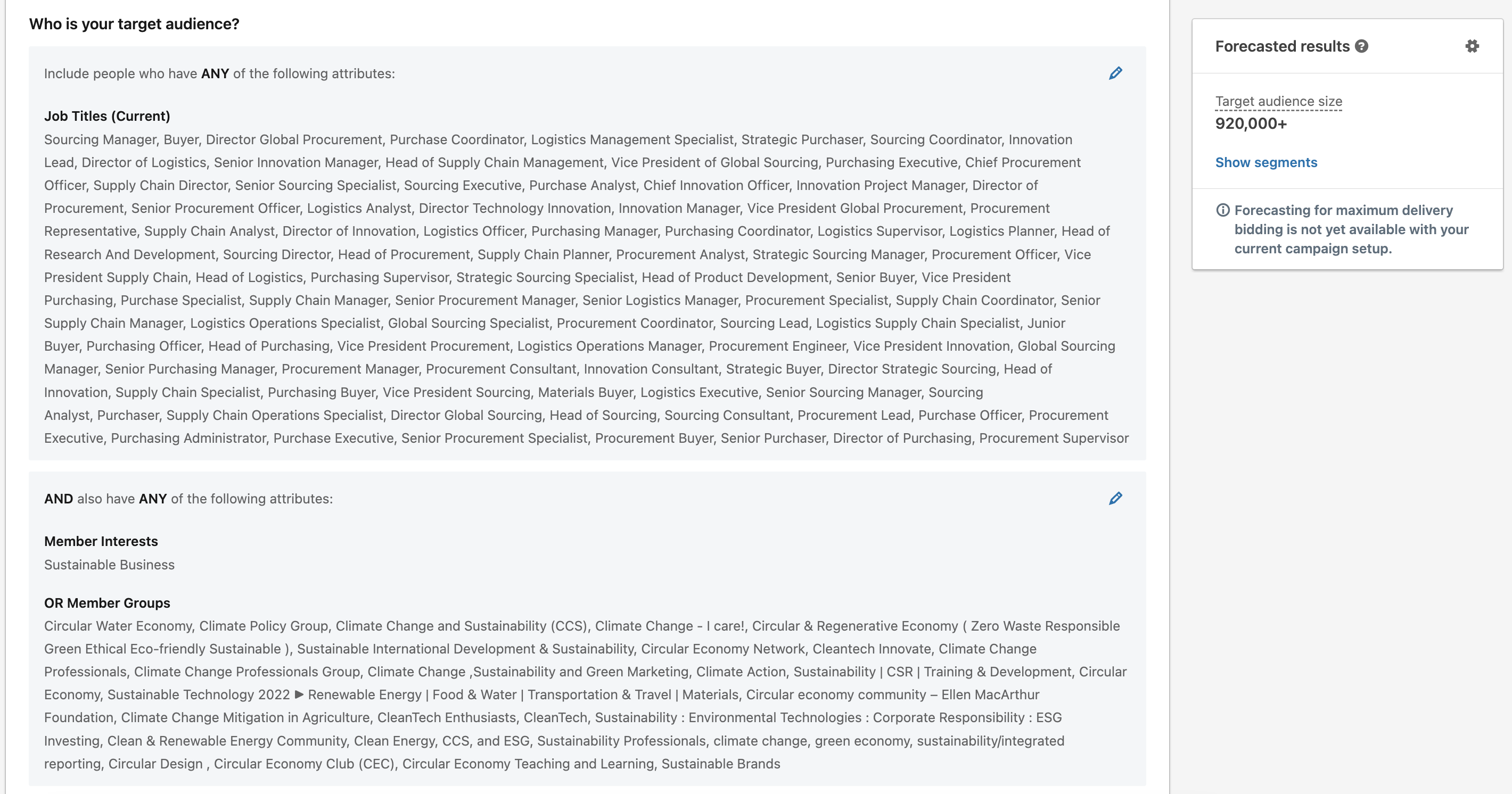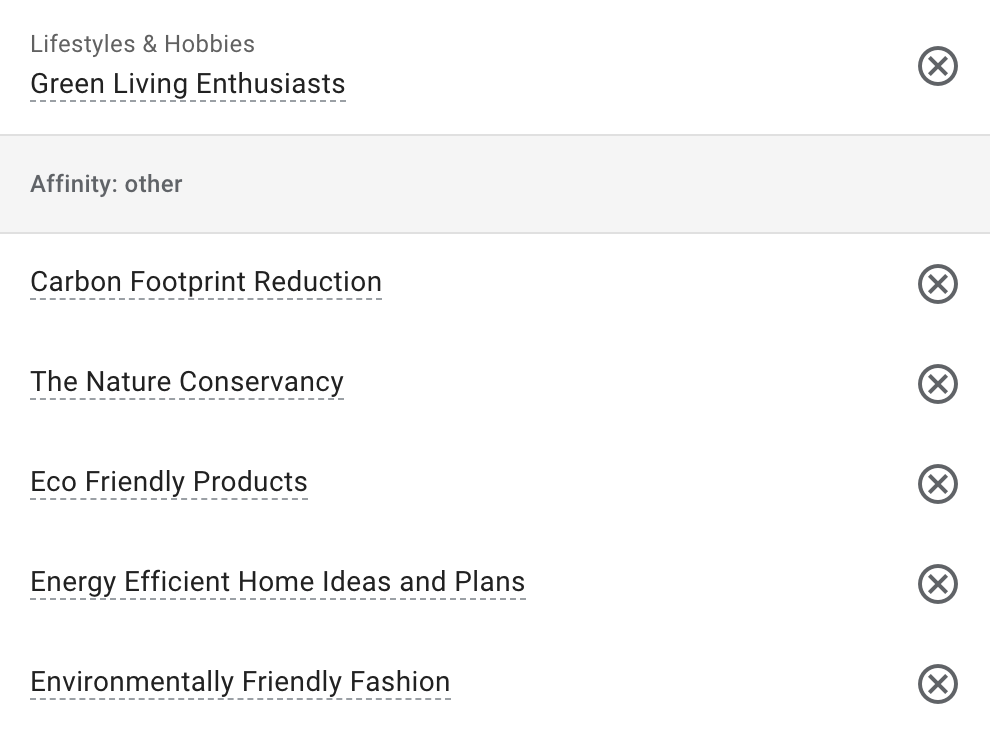
To Bridge the Gap for Climate Solutions, Start With Early Adopters
It's still possible to prevent the most severe consequences of climate change, but it will require bold and decisive action.
To give us the best shot at limiting global warming to 1.5°C (2.7°F) and avoiding catastrophic consequences, this must be the decade of decarbonisation. In March, UN Secretary-General António Guterres said, "In 2023, we came perilously close to the global temperature temporarily rising 1.5°C above pre-industrial levels. The good news is that we can still keep our planet's long-term temperature rise below that limit and avoid the worst of climate chaos. And we know how to do it. By matching the speed of climate change with radical climate action that aligns with sustainable development."
Thankfully, there is no shortage of companies working to wean the world off fossil fuels with climate-beneficial and circular solutions. With increased investment and support, these companies have the potential to bring about real and lasting change.
The growth of new climate-tech startups continues to show strong momentum – providing new job opportunities and driving innovation. Fortunately, climate-tech investment keeps up with the trend. In fact, 2022 was a bumper year: According to a report by Net-Zero Insights, funding reached an all-time high last year, totaling $82 billion across Europe and North America.
We cannot afford to waste time adopting innovative climate technologies. However, a significant hurdle companies can face is getting the public to understand their product and creating an initial base of customers. This challenge is understandable given the novel, often complicated nature of solutions.
If companies want to enhance their chances of long-term survival, it's vital that they market themselves in an effective way.
One of the things to consider here is focusing on a specific audience rather than a broad market. Companies need to zoom in on those who benefit most from their solutions and are ready for change. By focusing on these early adopters, companies can create a solid base of customers who can help spread the word about their products to cross the chasm between them and the mainstream market.
Reaching your ideal customer with more precision
Targeting specific audiences through online marketing channels has become increasingly straightforward and effective. And best of all, this approach is highly cost-effective. Platforms such as Google Search, Google Display Network, and LinkedIn Campaign Manager offer businesses a range of tools and features that allow for laser-focused audience targeting.
Imagine: You represent a cleantech company (or a company with another type of climate solution); you have a limited budget or are still in the customer development phase and have different hypotheses to test before launching large-scale campaigns. For your initial campaigns or creating a solid base of early adopters, you will not want to reach every Head of Procurement or Head of Innovation out there.
There are 7.4 million such decision-makers in Europe, North America, and the Middle East alone.

It may be smarter to start with those Heads of Innovation and Heads of Procurement who are familiar with and are interested in such notions as a circular economy, sustainability and cleantech. To reach such decision-makers, you can apply additional filters in LinkedIn Campaign Manager.

Additionally, you can adjust the audience and extend or narrow it down with filters specific to your niche to include people with other titles who participate in the purchasing decision for your product or service and/or have other interests.
Likewise, when advertising via Google Ads, it is possible to zoom in on people ready for change and looking for sustainable solutions and lifestyles. For example, the audience filters in Google Ads can help you target people based on their interests and what they are actively searching for.

Creating meaningful connections with your target audience
Companies must define a clear and compelling value proposition to win the early adopters.
When marketing a sustainable solution, companies should emphasise how it meets the core needs of that specific audience. Instead of focusing on how a solution will benefit future generations, it's crucial to highlight the immediate benefits. Companies can also incorporate sustainability as an additional bonus to their solution. This approach allows businesses to effectively communicate the value of their products to those who benefit most from it now.
This sentiment was shared by marketing experts who spoke at a recent panel discussion facilitated by sustainability marketing agency Orange Bird in conjunction with the International Chamber of Commerce. Several panelists agreed on the importance of highlighting that many climate solutions are "win-win" and offer additional benefits in mitigating climate change, such as cost savings and improved quality of life.
Kate Barabanova from zero-emission aviation company ZeroAvia said marketers promoting sustainable practices must "sell the benefits of mitigating climate change to people."
"We need to make people want a sustainable product as much as a new smartphone or another pair of shoes," she said. "As marketers, you know how to sell a product, right? You define the target audience; based on that you choose marketing instruments – you promote your product, which is action against climate change. [Then] analyse, adjust, and repeat. We should get this idea to the very bottom of people's hearts and souls."

